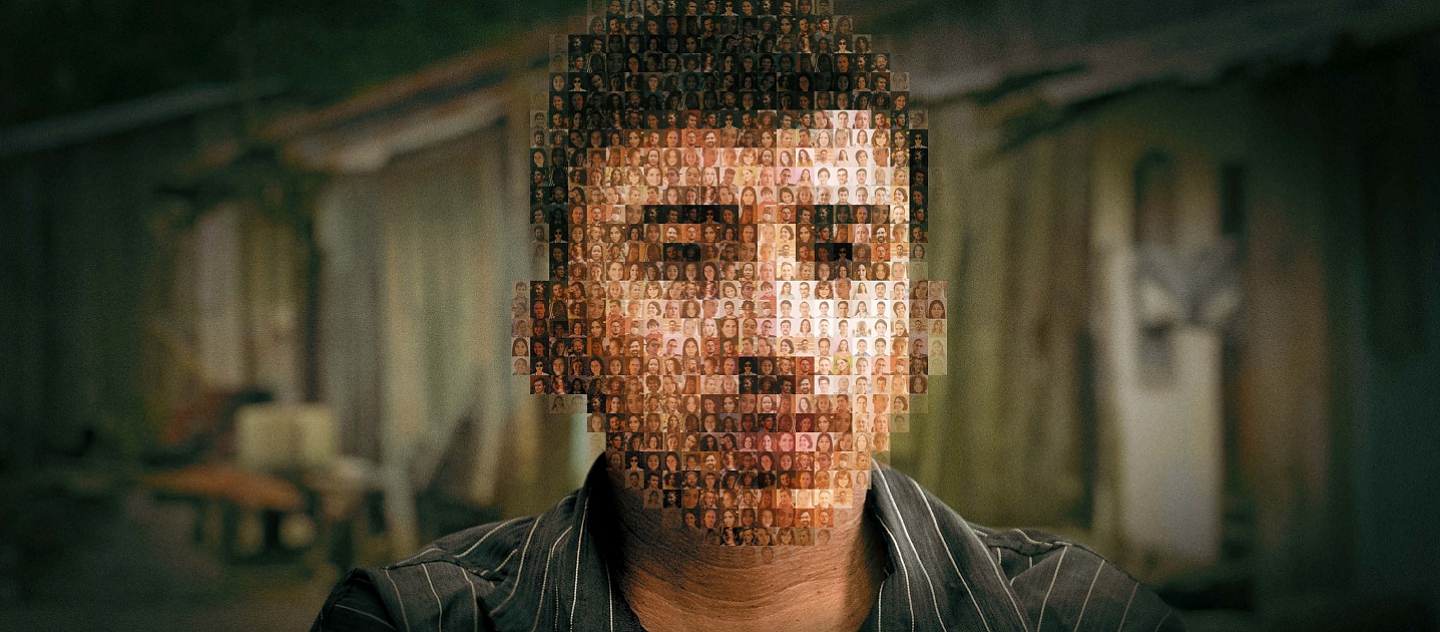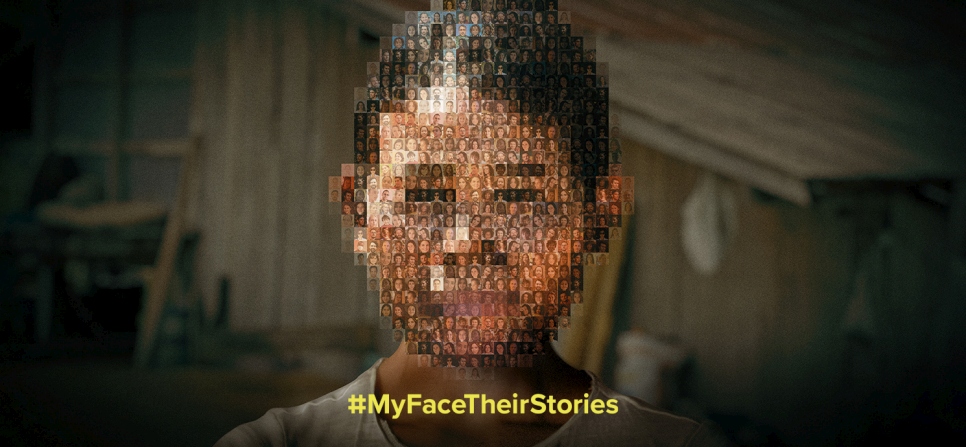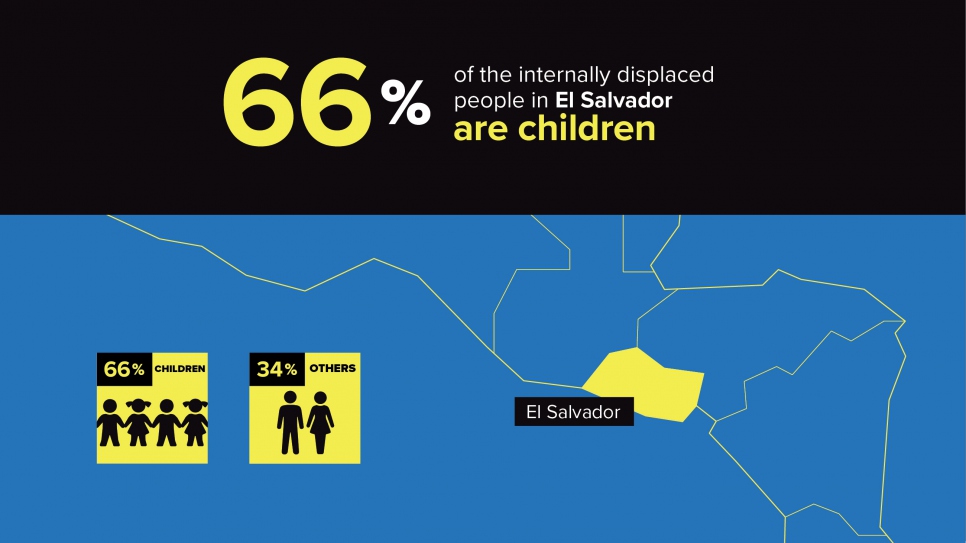
My face, Gabriel's story
Gabriel and hundreds of thousands of other Central Americans forced to flee can't show their faces, but through yours, the world can learn about their stories.
Get to know the testimonials of the people forced to flee, as well as the business leaders, academics, actors and others who have lent their faces to tell the stories of flight.
Ignacio Casillas - ManPower Group Regional Manager - Panama
Tatiana Ríos & Miroslava Herrera - Musicians - Panama
Iván Chanis - Lawyer, President of Fundación Iguales - Panama
María Mercedes Coroy - Actress - Guatemala
Kiren Miret - Television Producer, Entrepreneur - Mexico
Find more about all them all here
People who are forced to leave their countries are only looking for a place to get safe, start over, and live in peace. This process can be easier for them as long as the host communities understand everything they have experienced.
By using the “MyFaceTheirStories” filter, you are accepting the use of your image as part of our campaign. Click here to learn more about it.

Central American forced displacement in numbers
Hearing the stories of refugees and displaced people allows us to understand dramatic experiences they have suffered. The numbers help to see the magnitude of the situation.
Want to know more?
UNHCR works together with partners and other UN agencies to provide critical emergency assistance to those forcibly displaced, such as clean water, sanitation and medical care, as well as shelter, household items and food. In addition, UNHCR develops community protection programs to generate leadership, promote violence prevention in communities at risk, and identify people with protection needs. UNHCR also promotes local integration in host communities and countries, through employment, entrepreneurship, and education programs.
This campaign was produced with the support from the European Union
Esta campaña fue realizada con el apoyo de la Unión Europea





